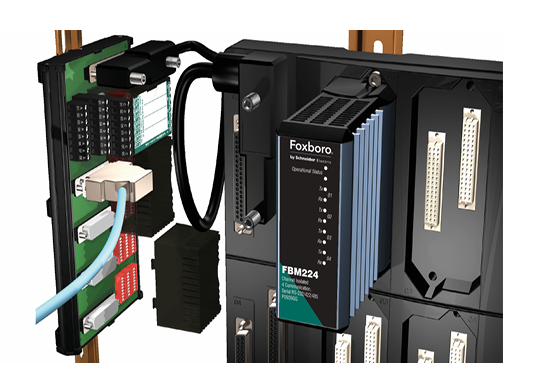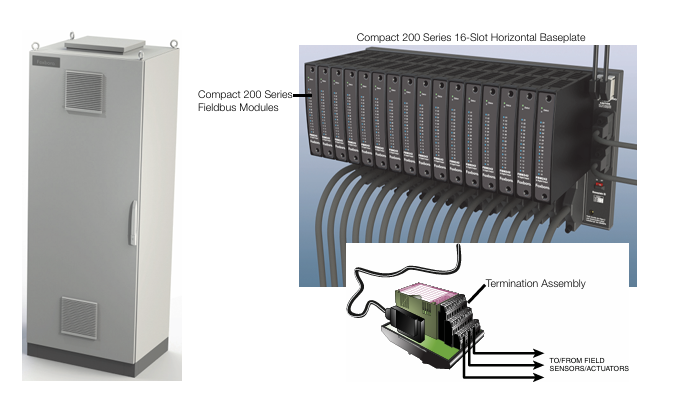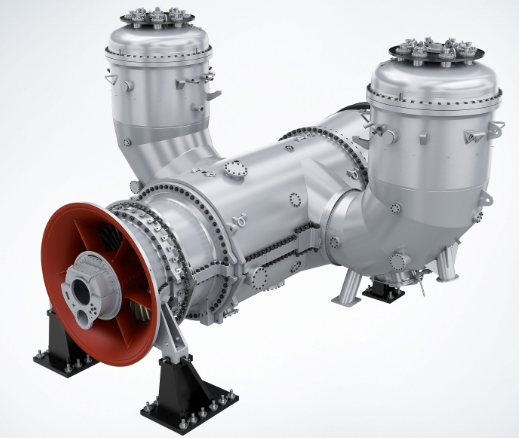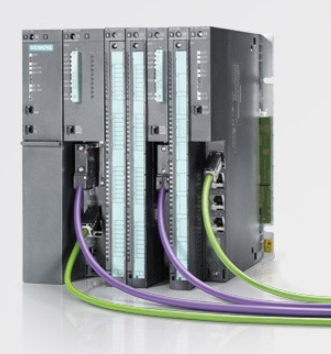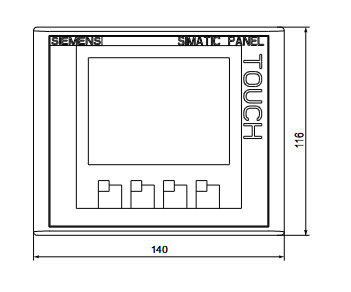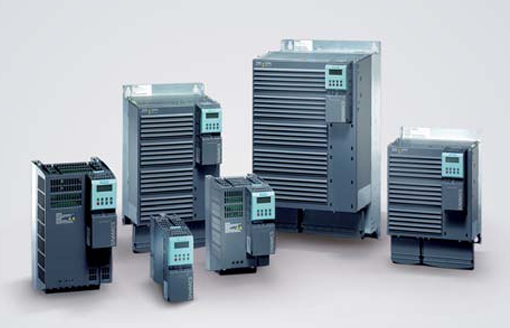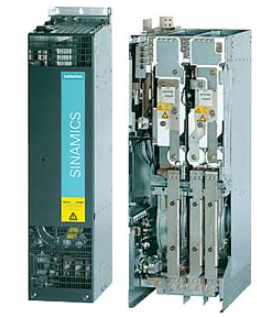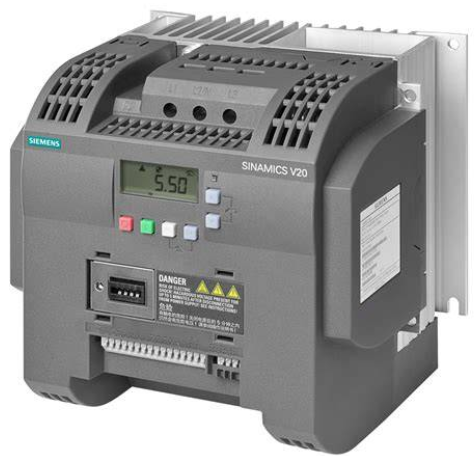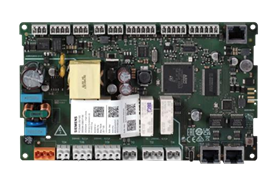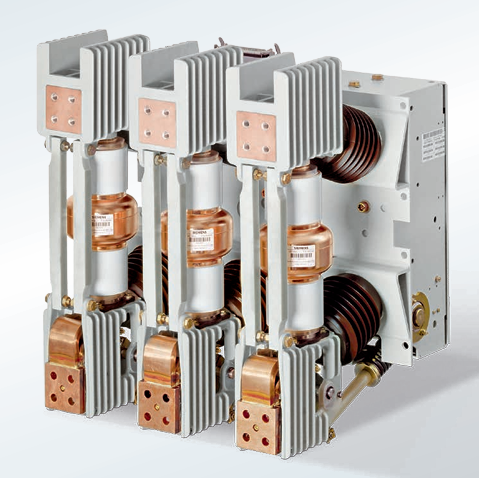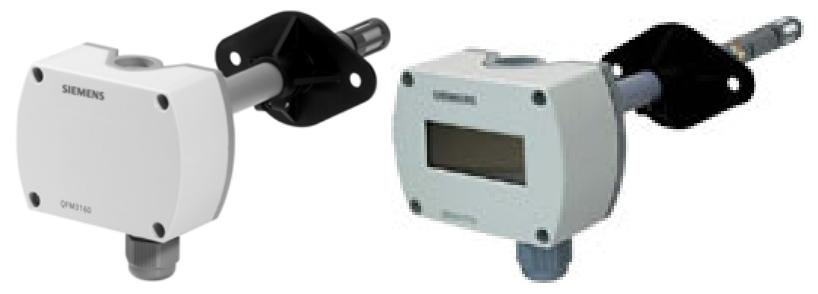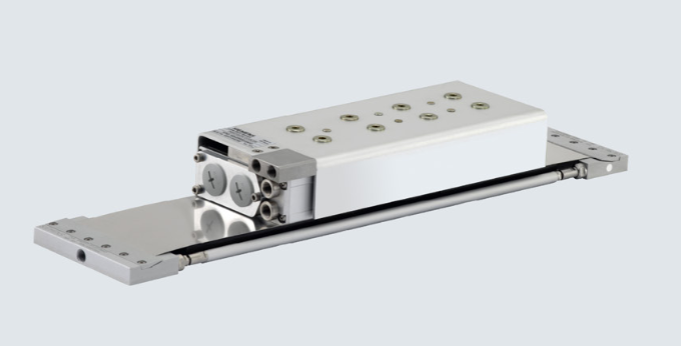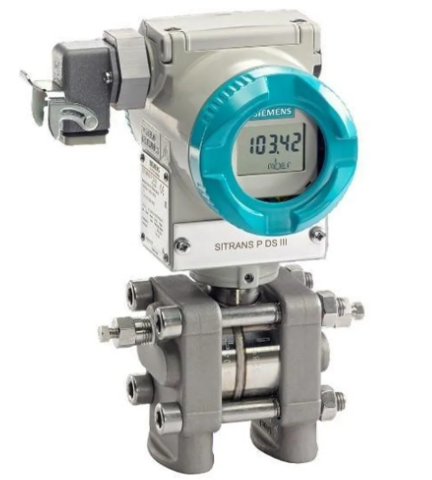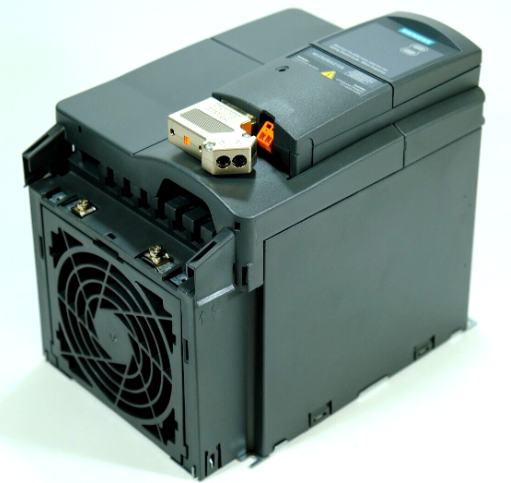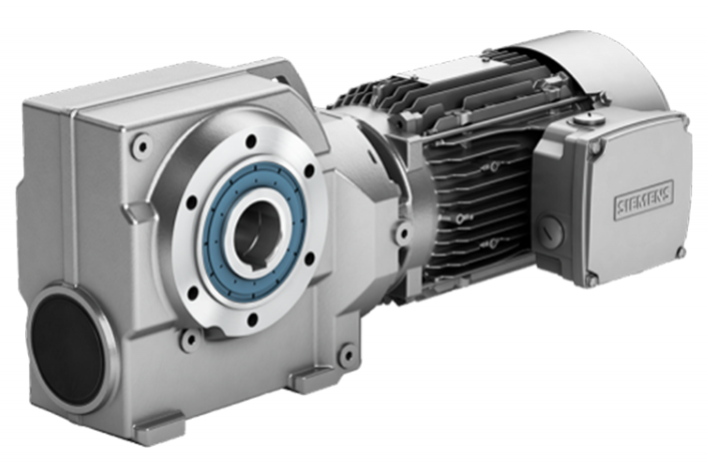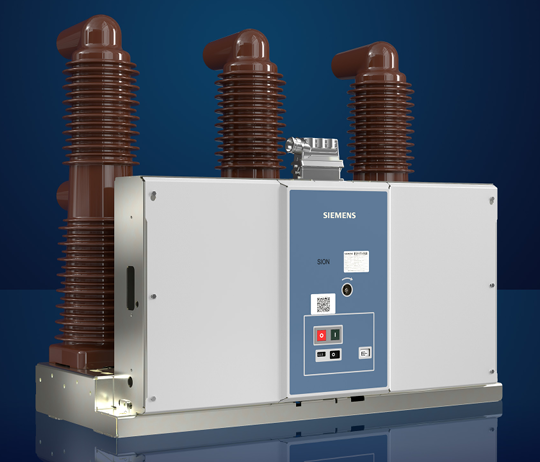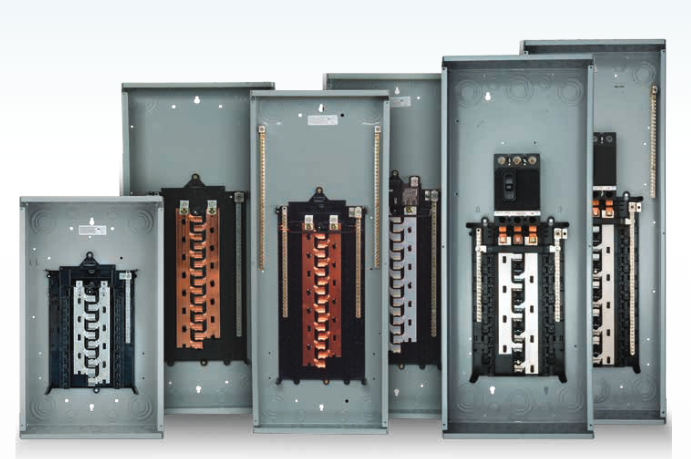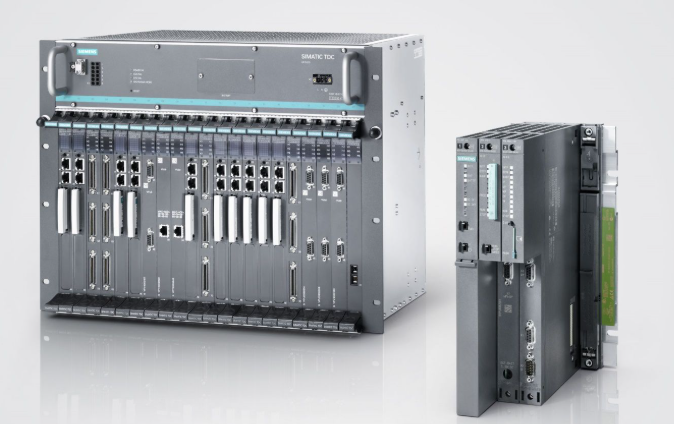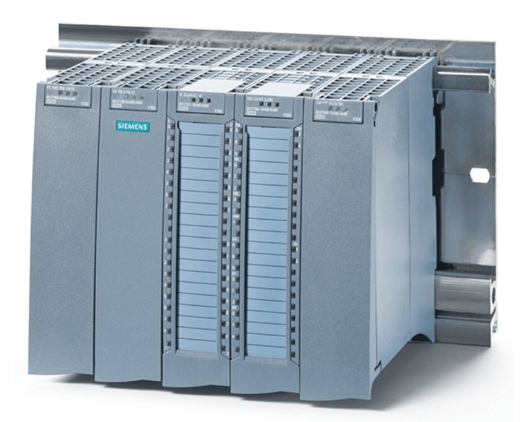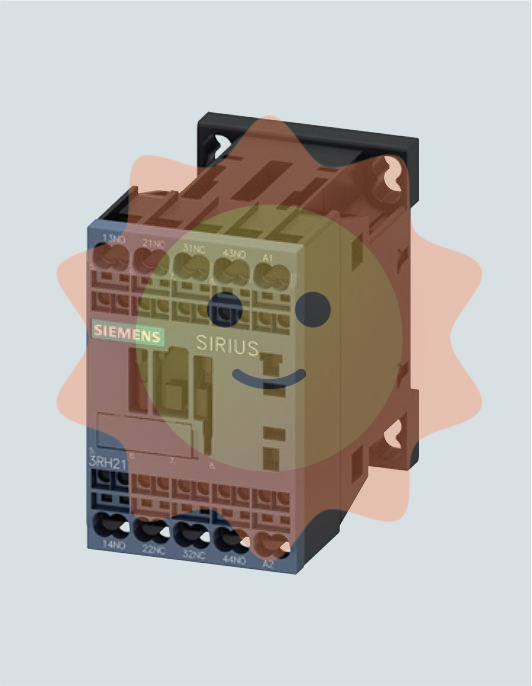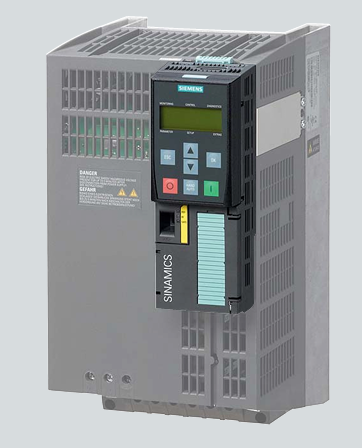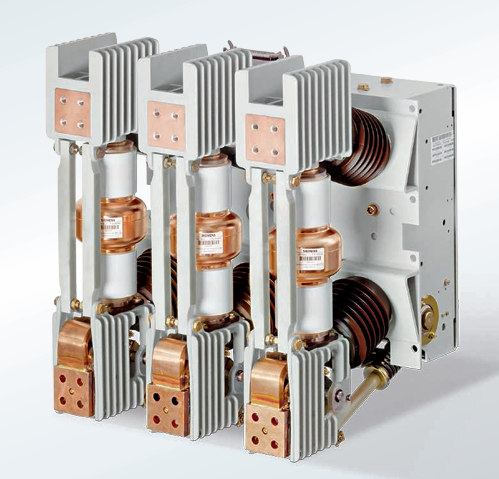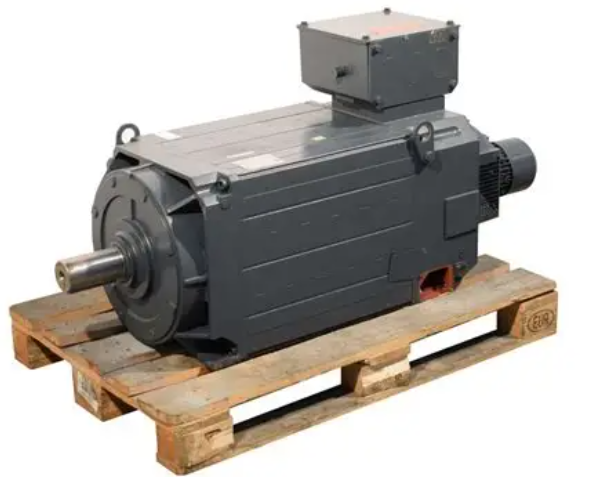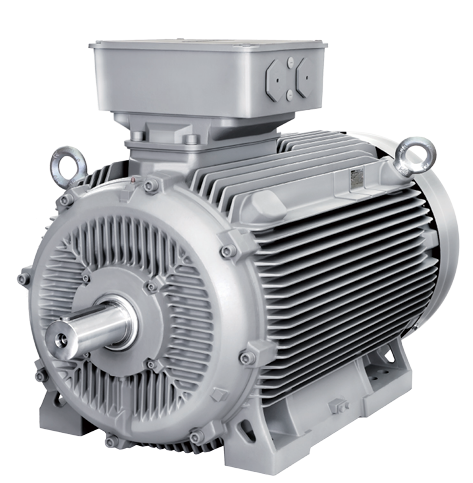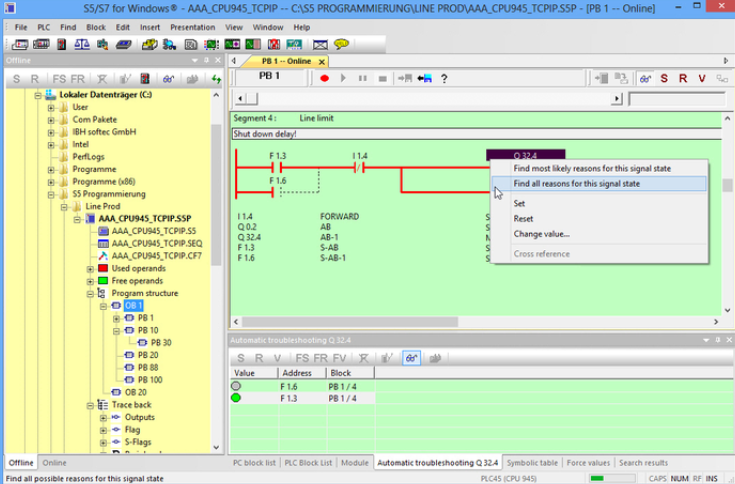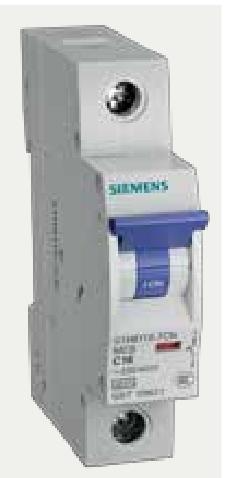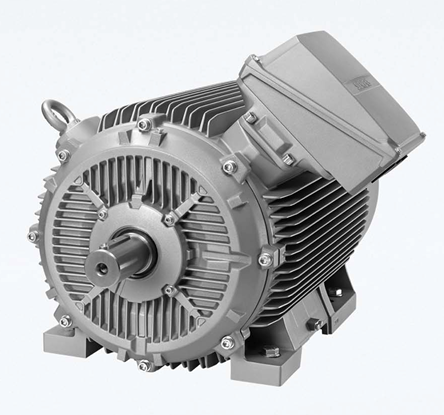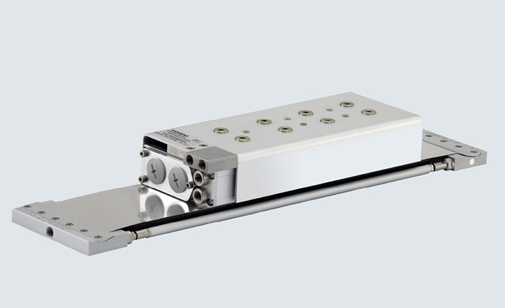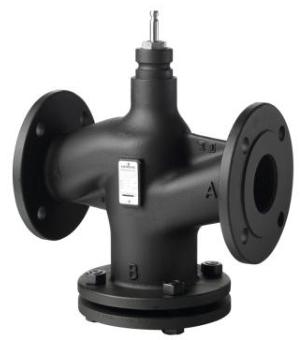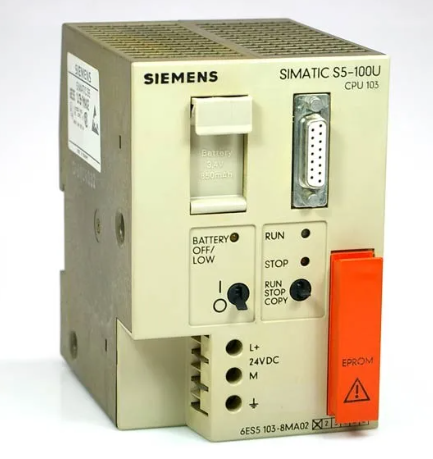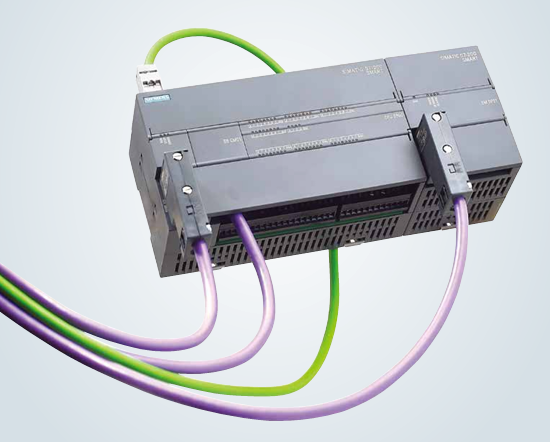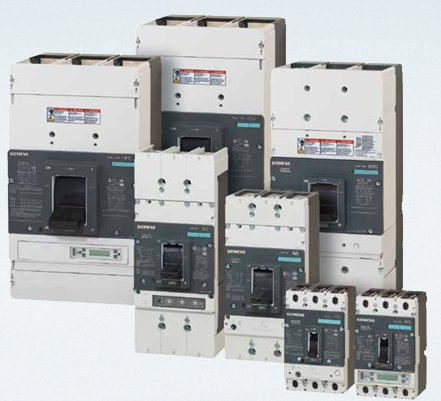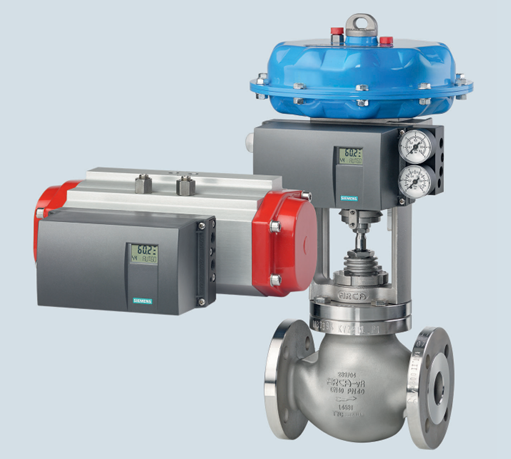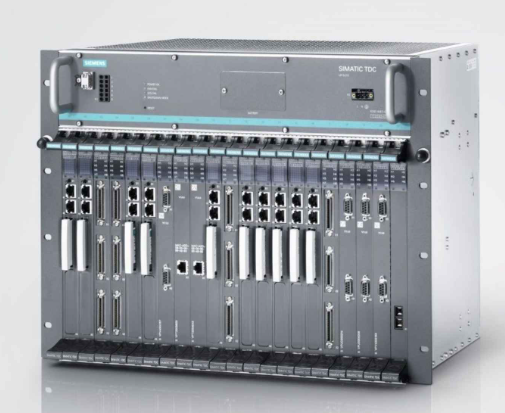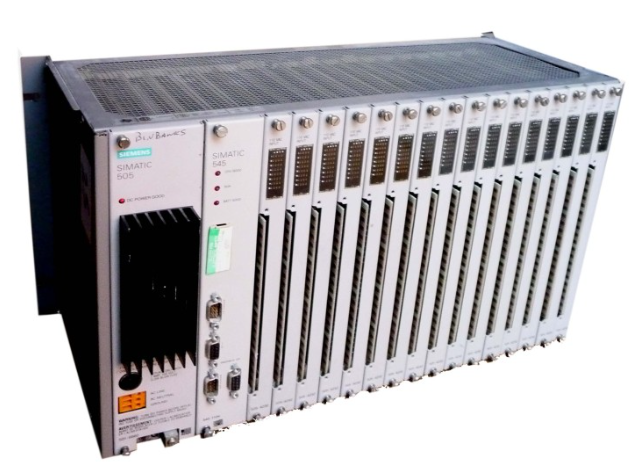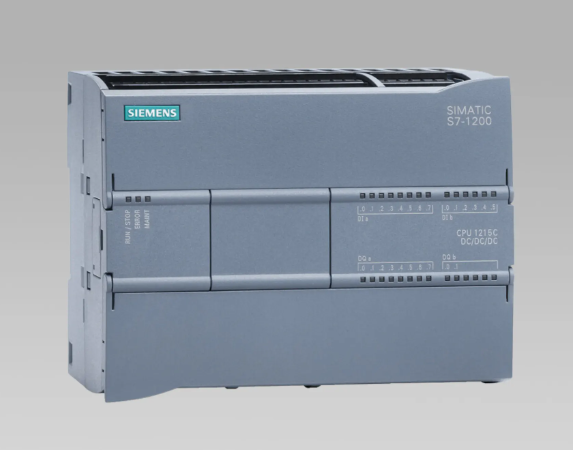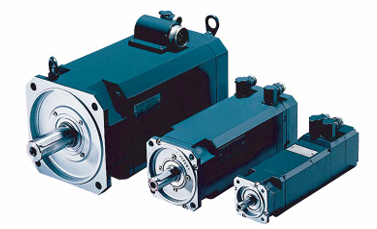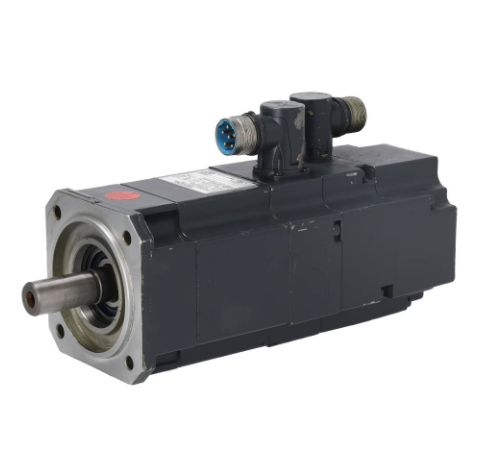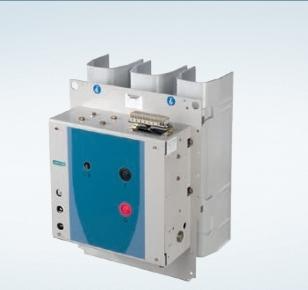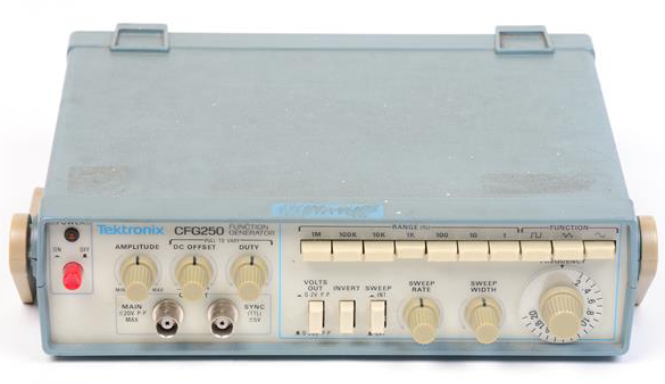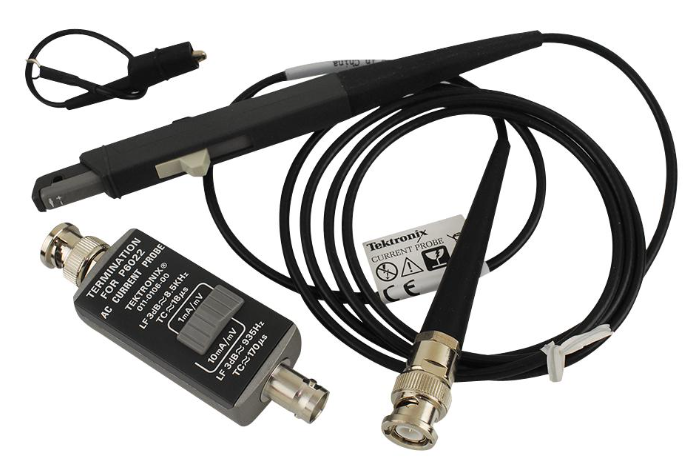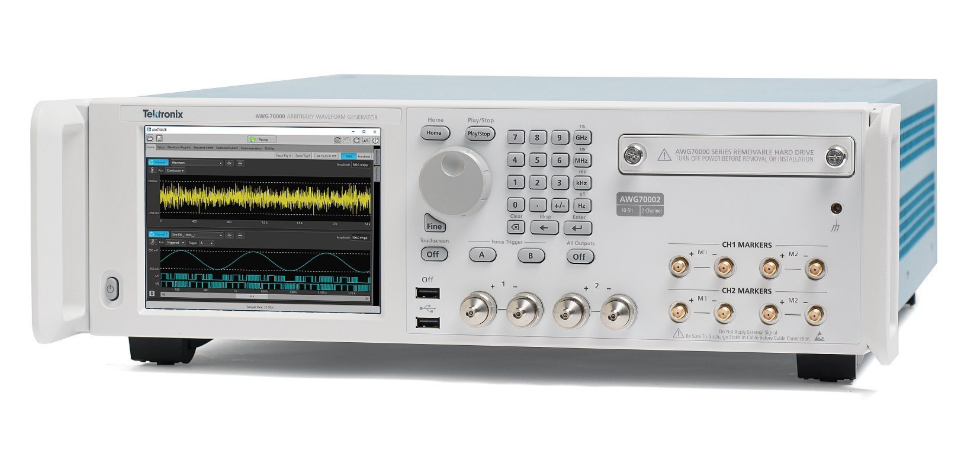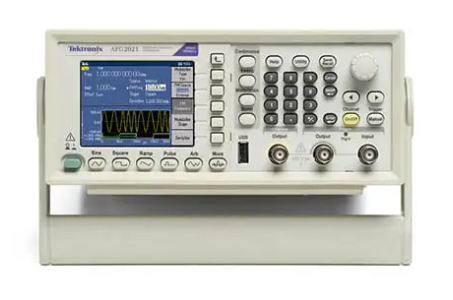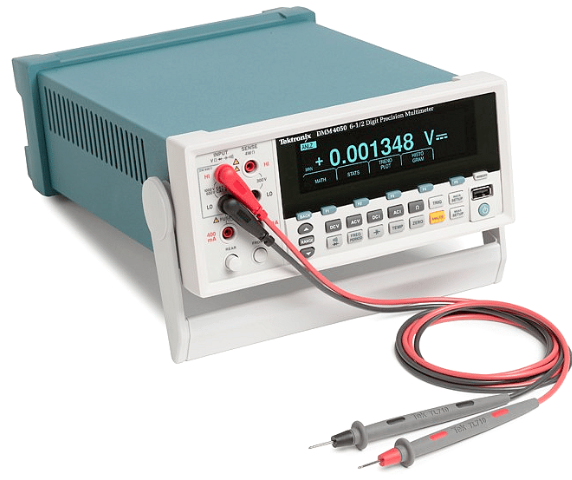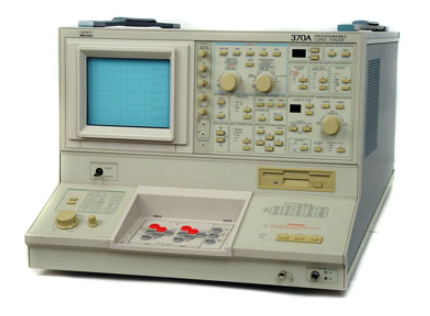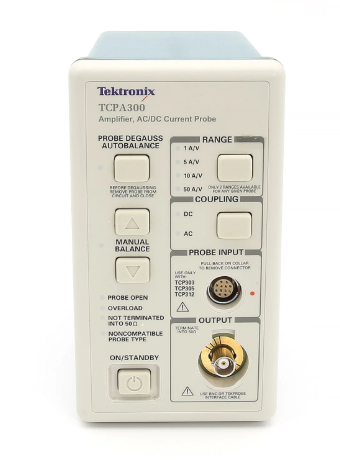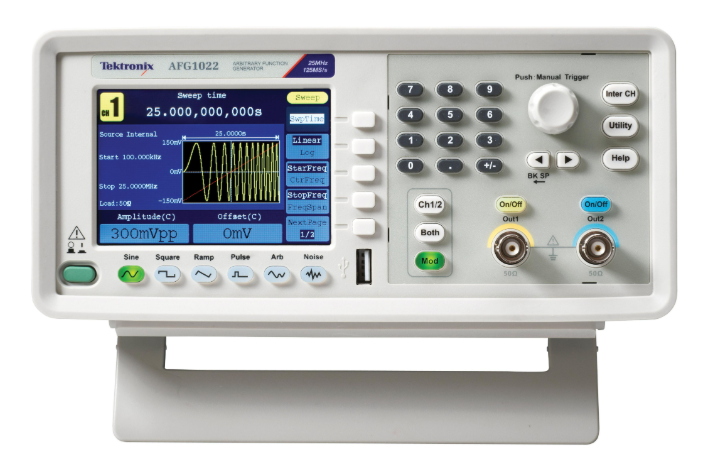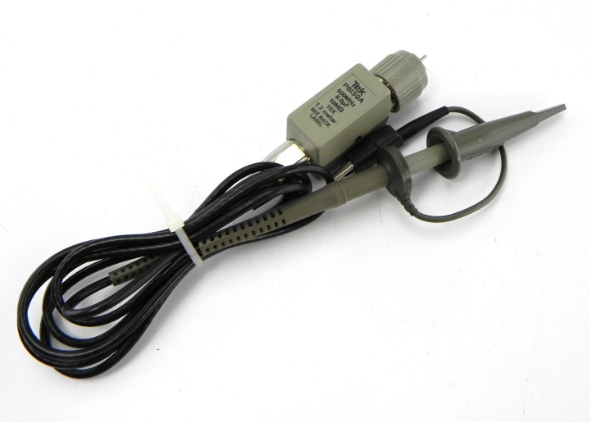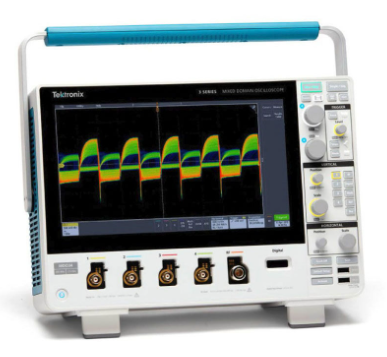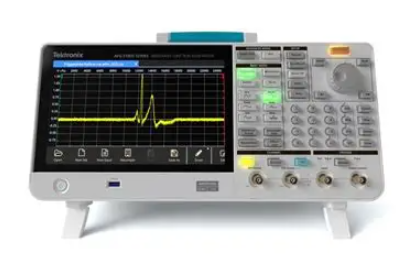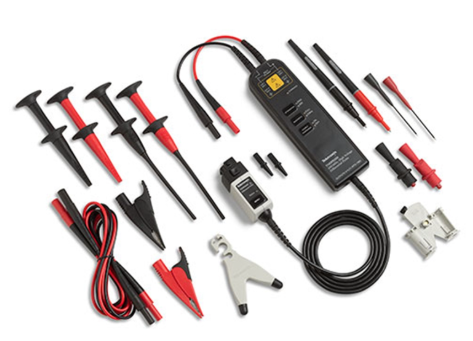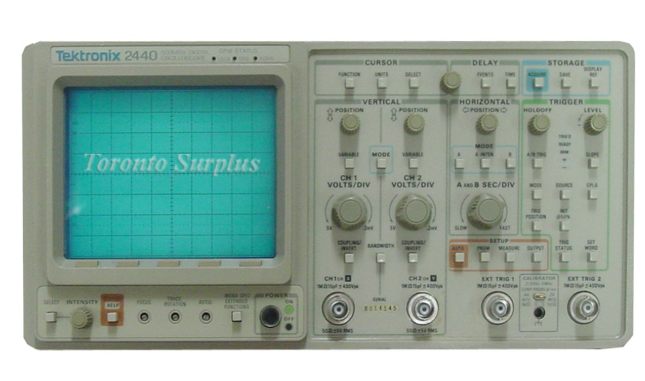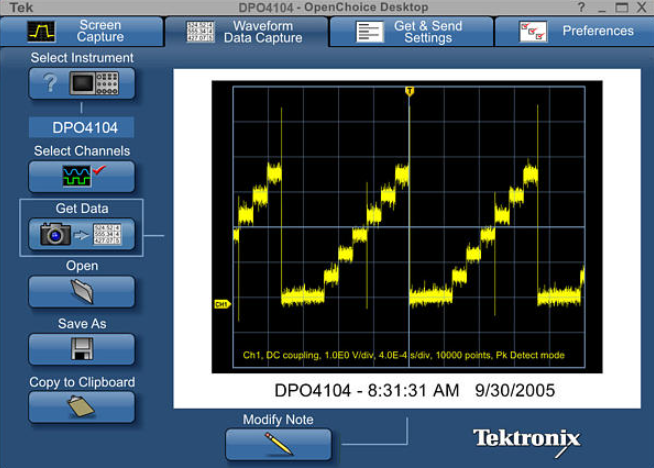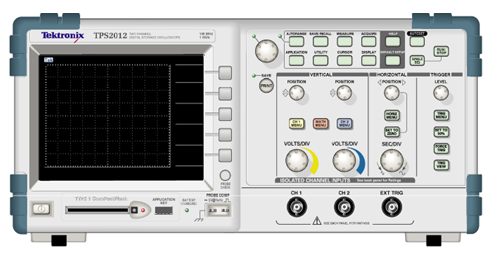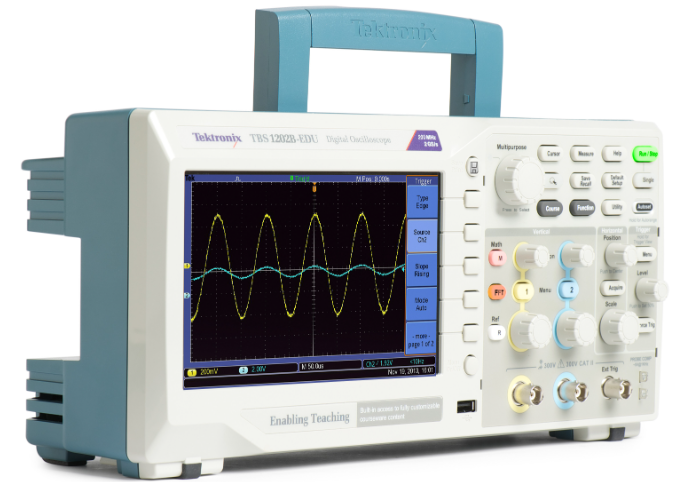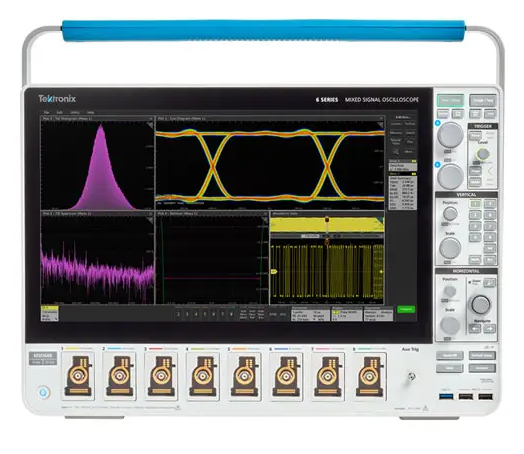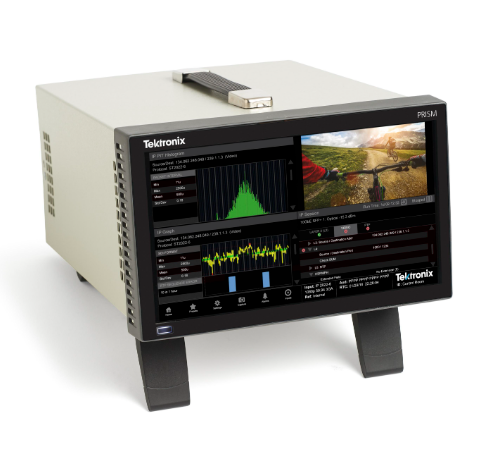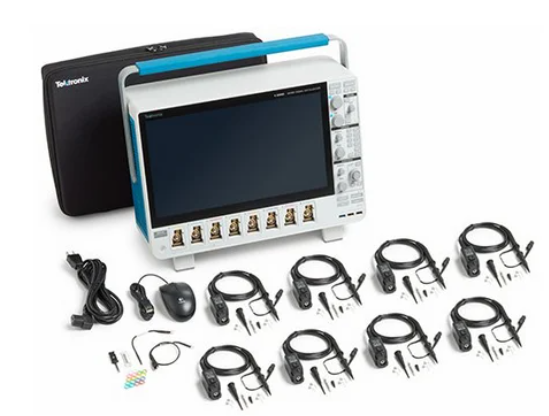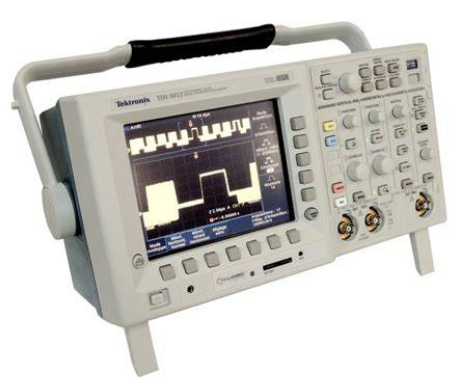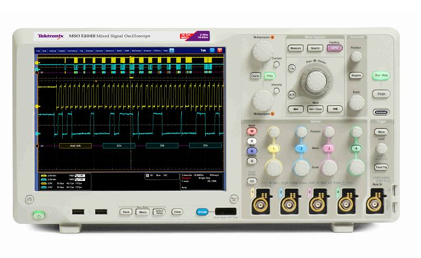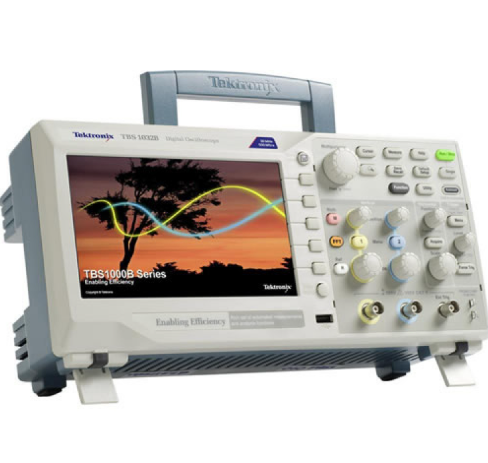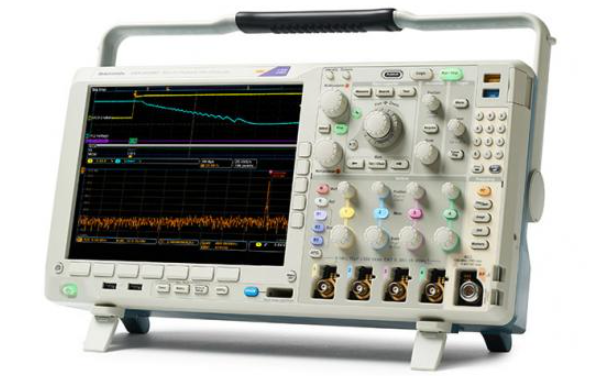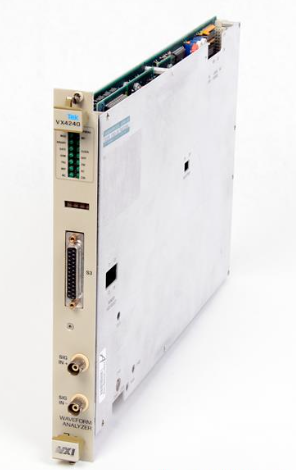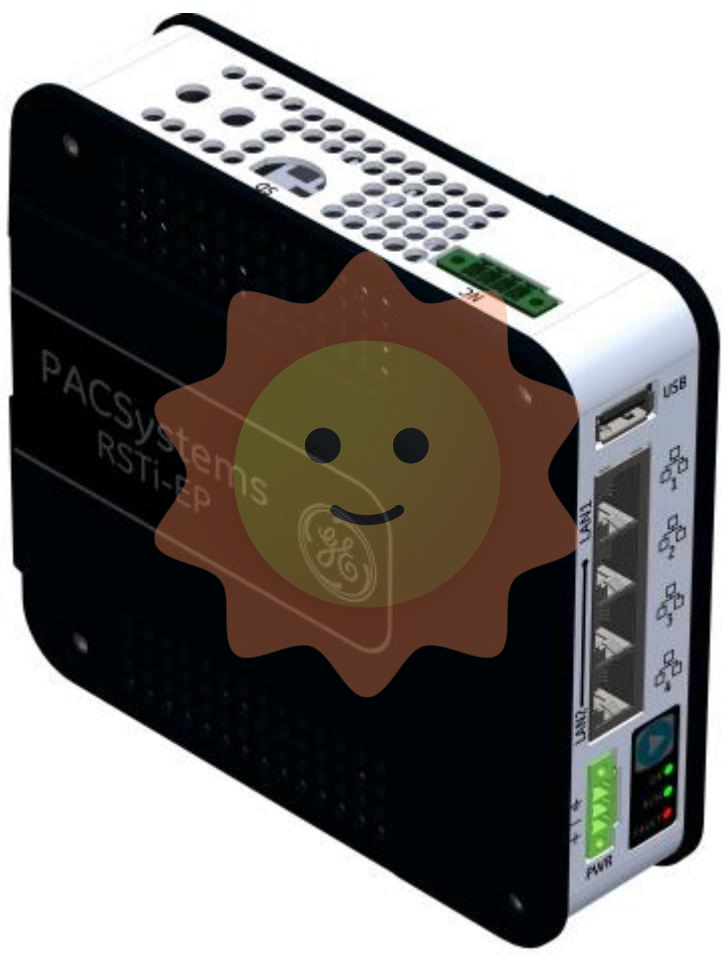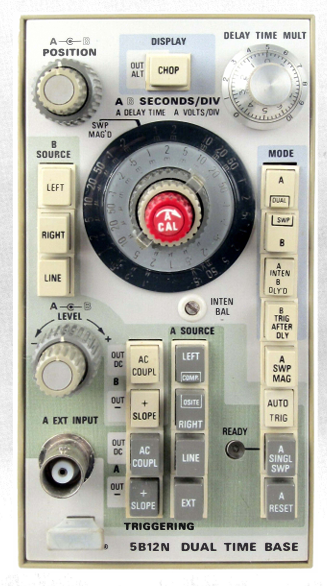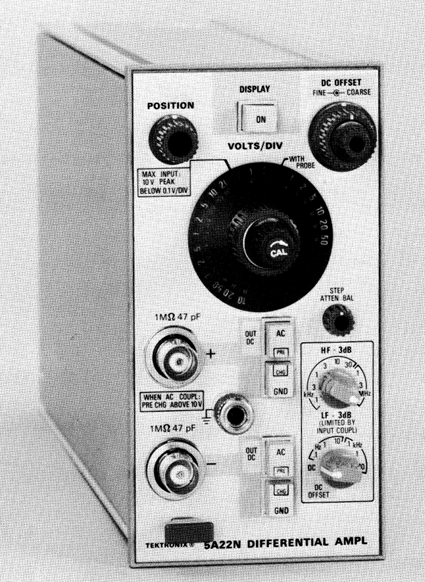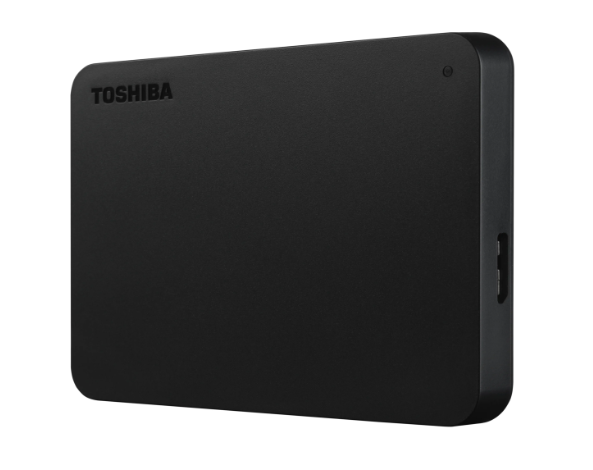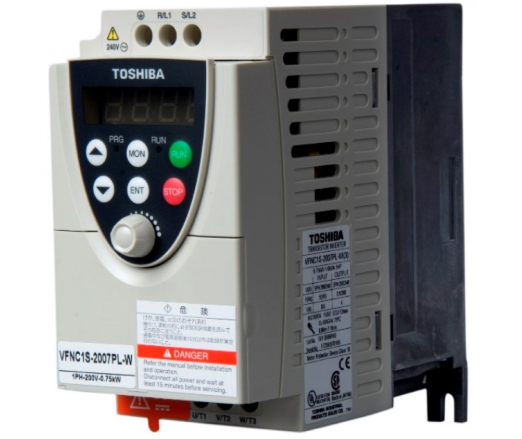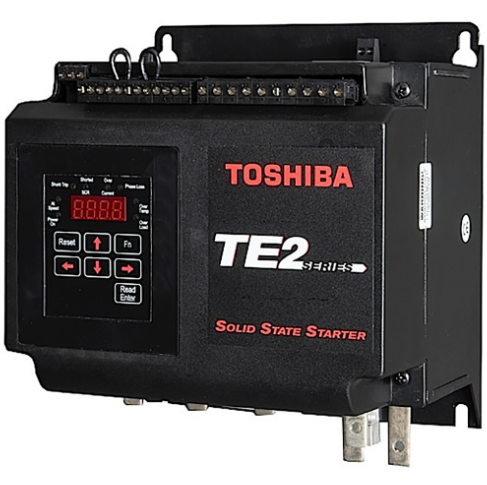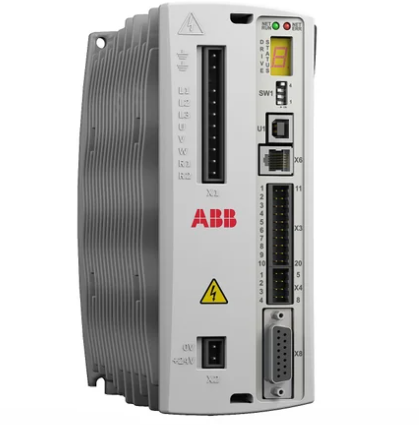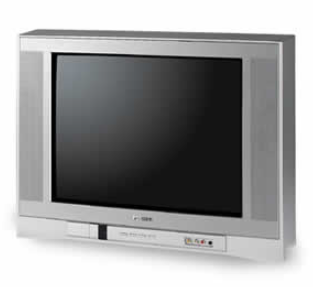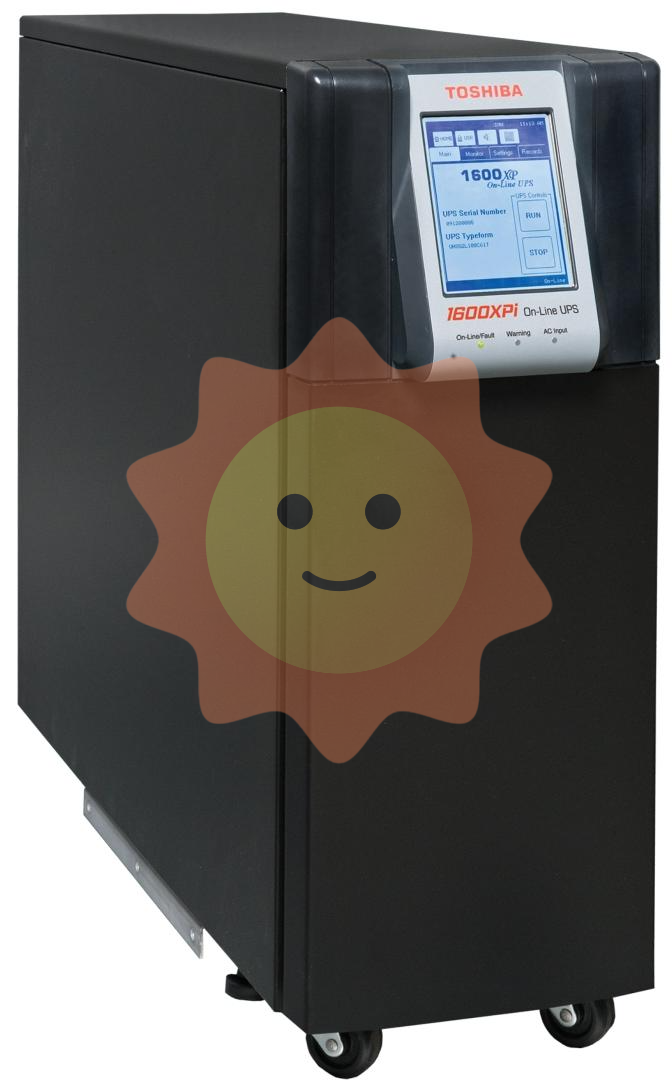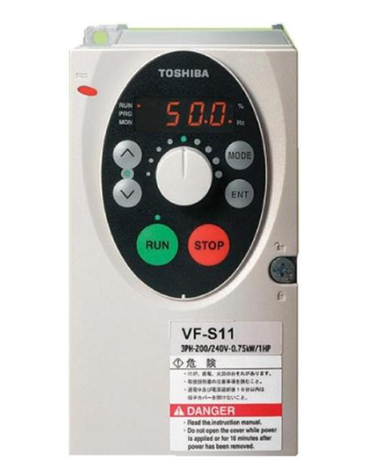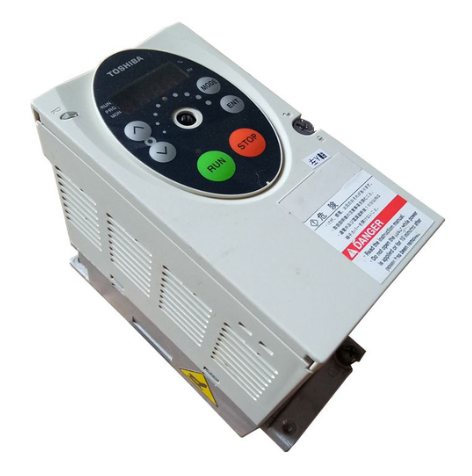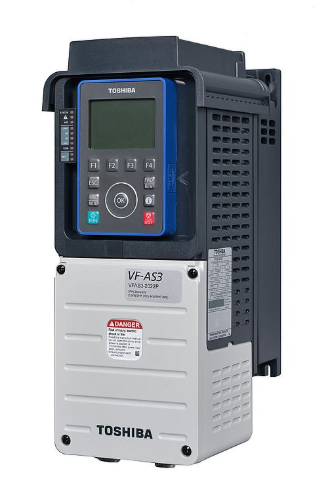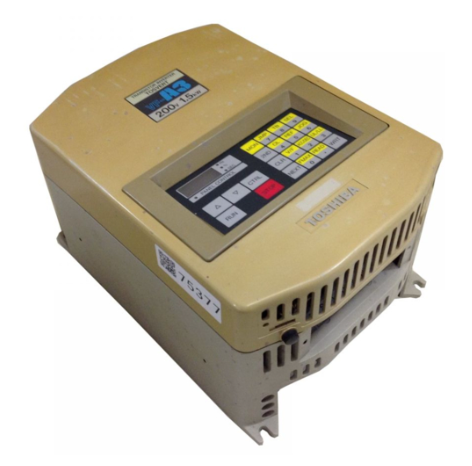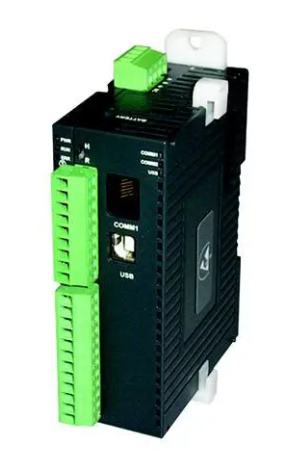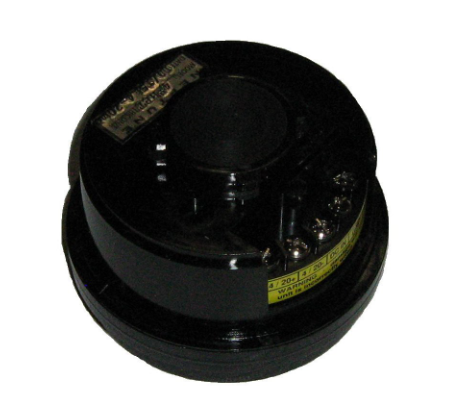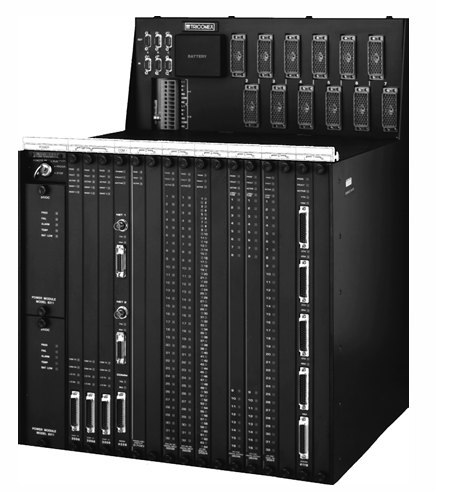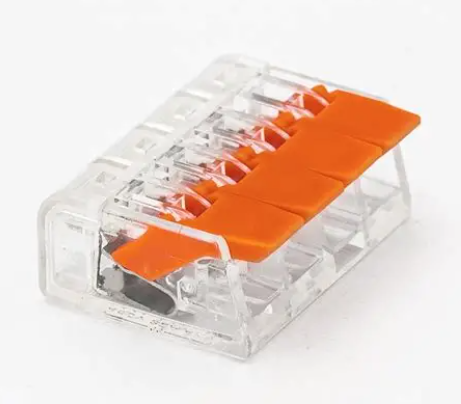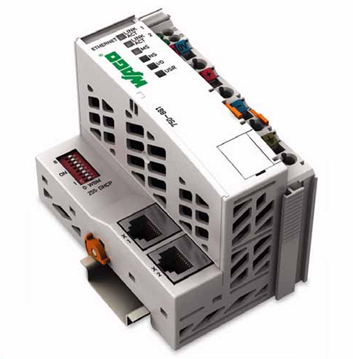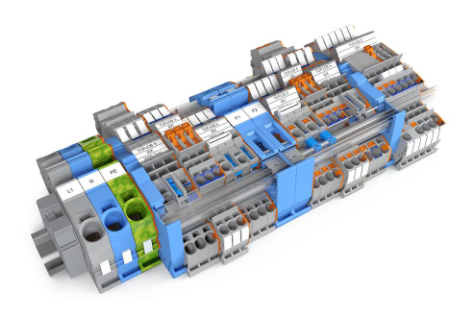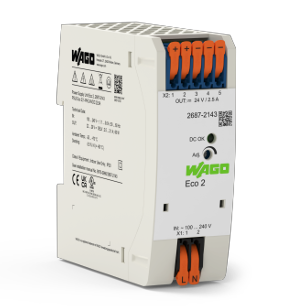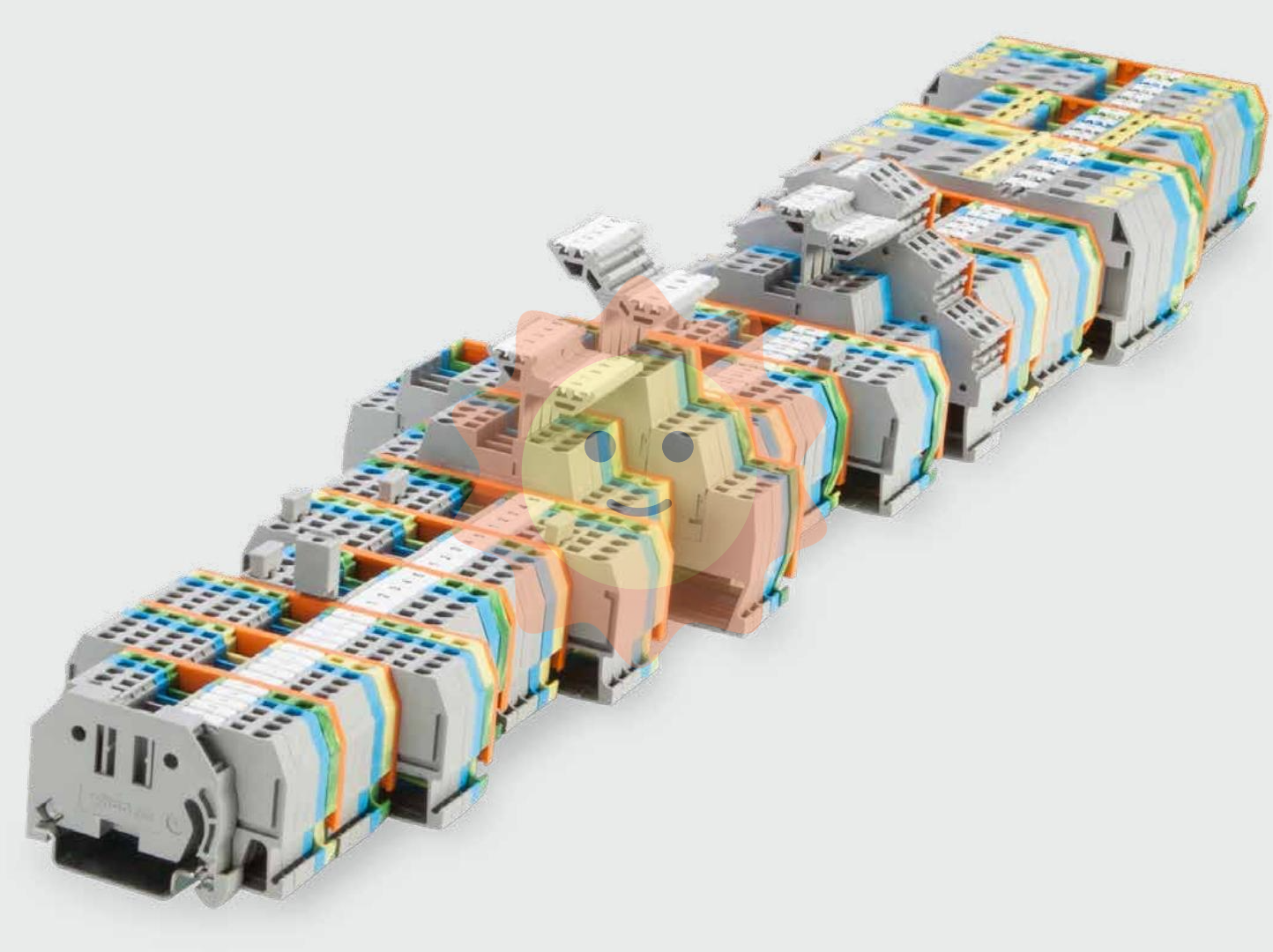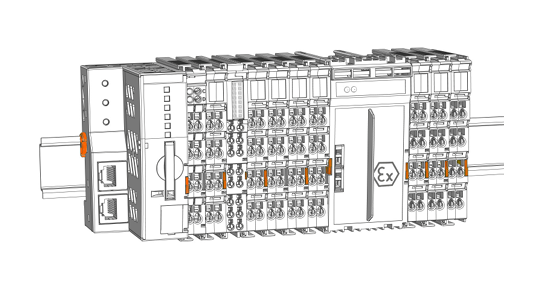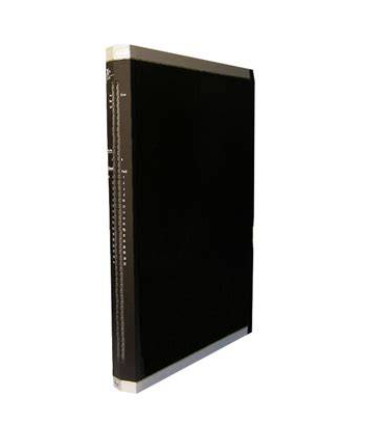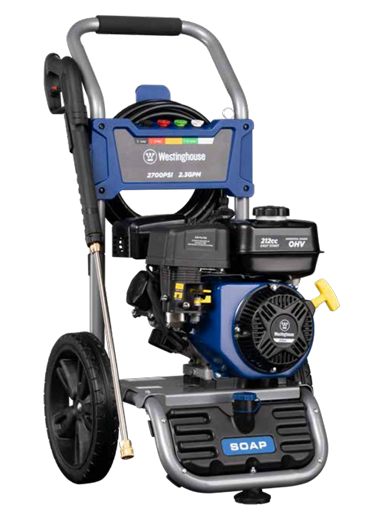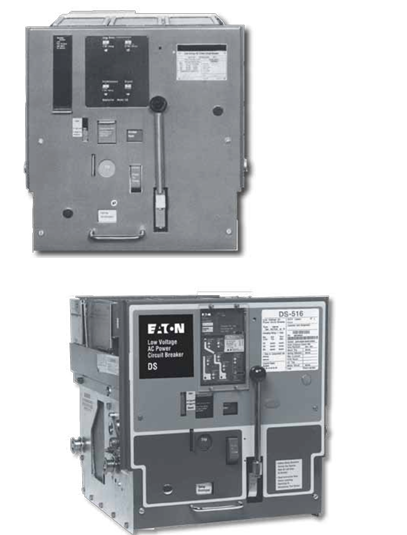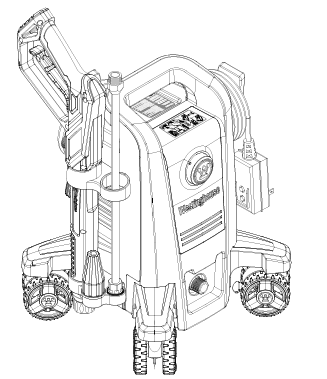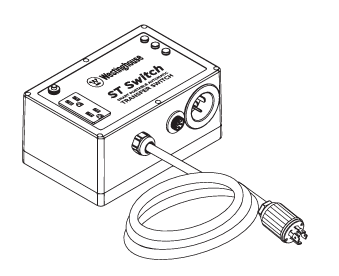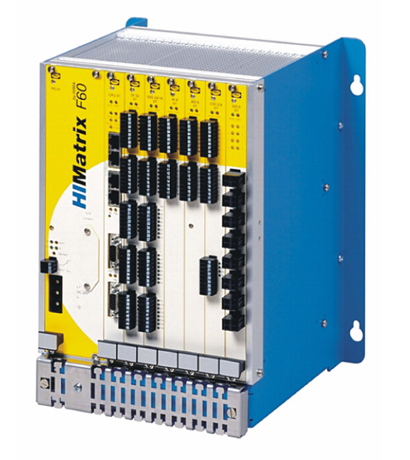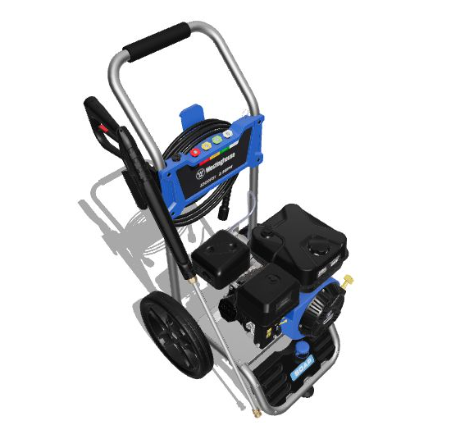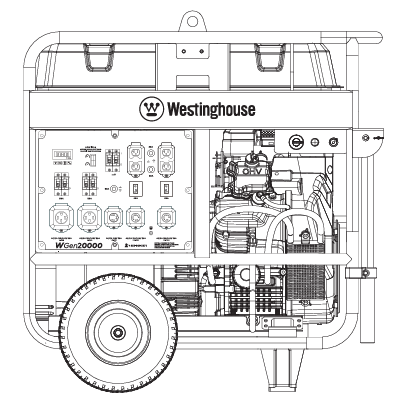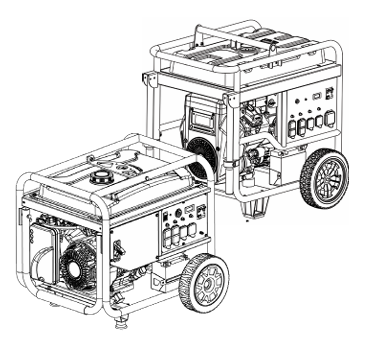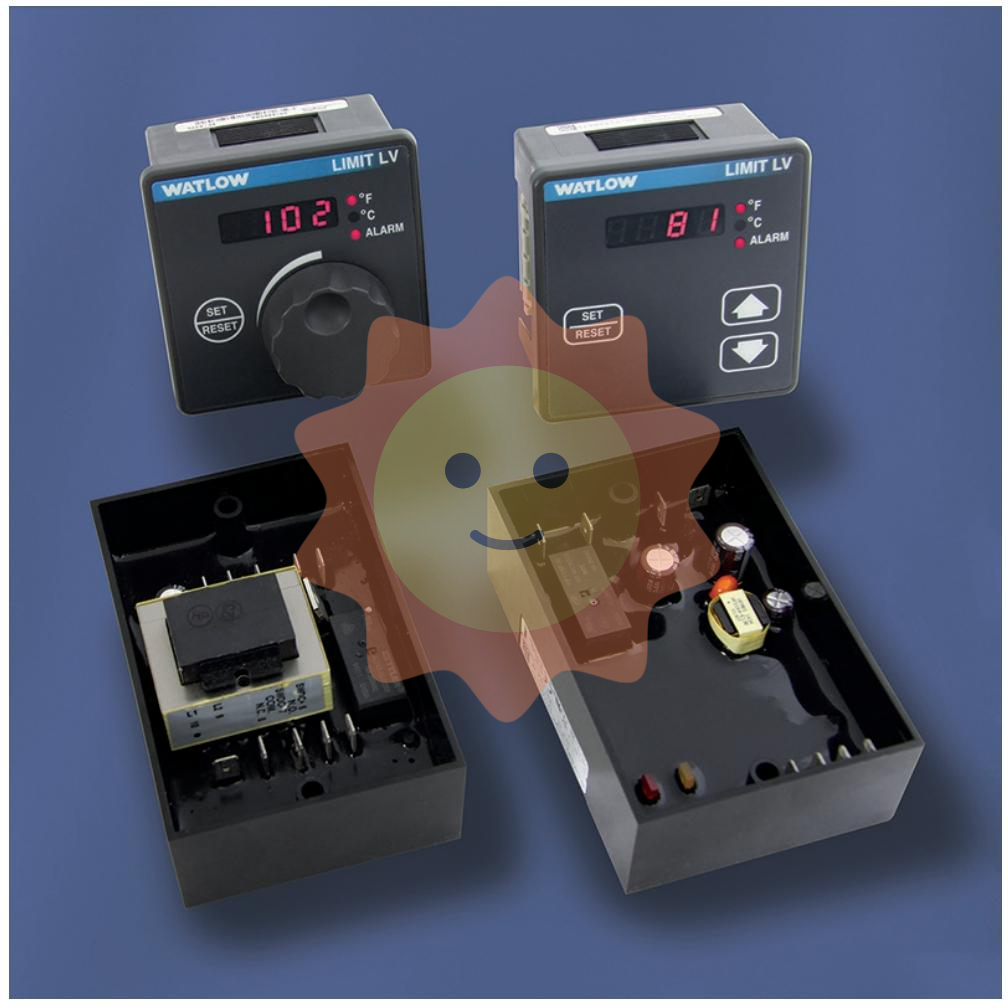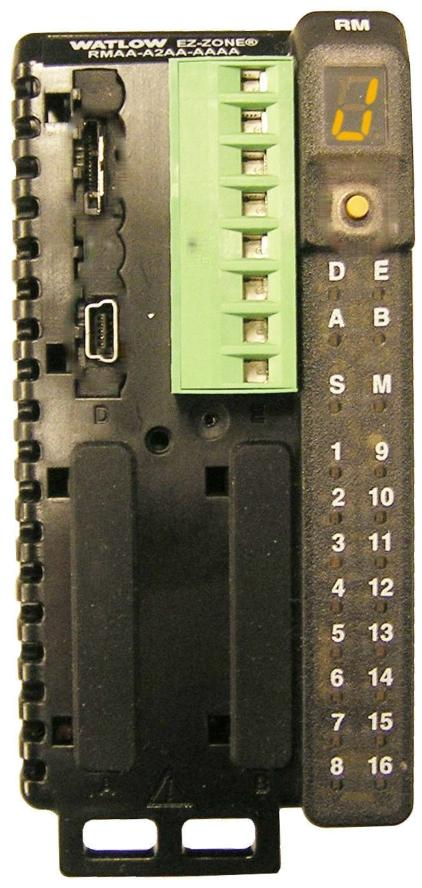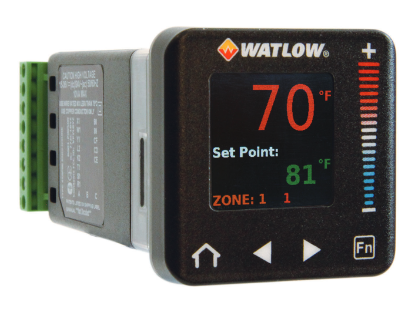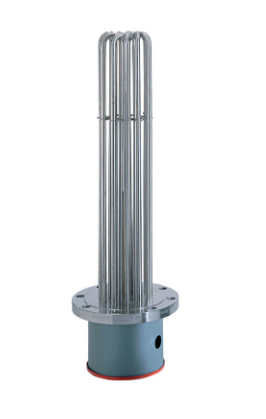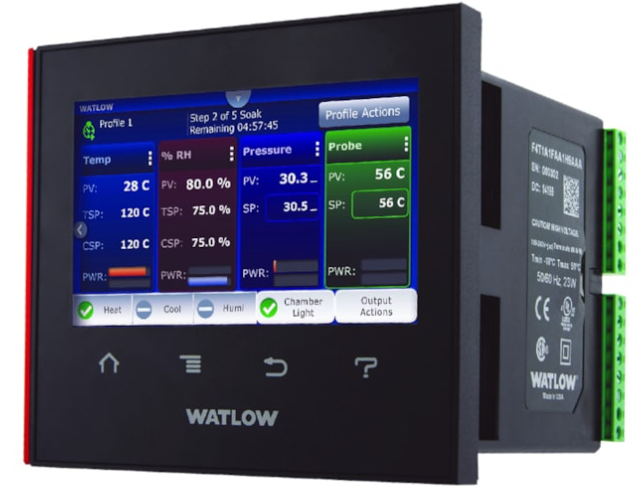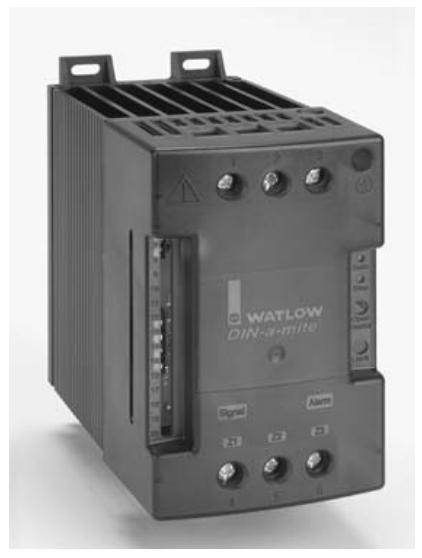ABB SPNIS21 Network Interface Slave Module
Overview
Product Definition and Function: The ABB SPNIS21 Network Interface Slave Module is a key component used in industrial control systems. Its main function is to act as a slave interface for data exchange and communication between different network devices in an industrial network environment. The module enables the various devices in the industrial control system (such as PLC, sensors, actuators, etc.) to be effectively connected to the network and ensures the stable transmission of data in the network, thus realising the monitoring and control of industrial processes.
Working Principle
Network connection and interface type:
Physical interfaces: The SPNIS21 module has a variety of physical interfaces for connecting different types of network media. For example, it may include an Ethernet interface (RJ45 interface) for connecting to an Ethernet-based industrial network that supports standard Ethernet protocols such as IEEE 802.3. This interface can be used to connect to other network devices via twisted-pair cables for high-speed data transmission. In addition, the module may also have a fibre optic interface for long-distance, interference-resistant network connection scenarios, where the fibre optic interface effectively avoids the effects of electromagnetic interference on data transmission.
Electrical Characteristics and Signal Conversion: For different interface types, the module will carry out the corresponding electrical signal conversion. Take the Ethernet interface as an example, it will convert the electrical signals sent by the device into a signal format that complies with the Ethernet standard, including encoding, modulation and other operations on the signal. When receiving data, the opposite operation will be performed, decoding and converting the received Ethernet signals into internal signals that can be recognised by the device. For fibre-optic interfaces, optical-electrical and electrical-optical conversion processes are involved, whereby optical signals are converted to electrical signals by means of optical-electrical conversion devices (e.g. optical transceivers), or electrical signals are converted to optical signals to ensure that the data is correctly transmitted between the optical fibre and the internal circuitry.
Data transmission and communication protocol support:
Supported communication protocols: The module supports a wide range of industrial communication protocols, which are key to enabling effective communication between devices. For example, it may support protocols such as Profibus - DP, Modbus - TCP, and others. When using the Profibus - DP protocol, the module is able to encapsulate, decapsulate and transmit data frames in the manner specified by the protocol. It will pack the data from the slave devices into Profibus - DP data frames and send them to the network according to the master's request, or it will receive the data frames sent by the master and extract the data from them and send them to the corresponding slave devices. For Modbus - TCP protocol, the module will implement the functions of Modbus protocol on the basis of TCP/IP network, by establishing TCP connection, exchanging data in the form of request-response, and supporting read/write operation of registers (such as holding registers, input registers), so as to realise the monitoring and control functions between devices.
Data transmission mechanism: During data transmission, the module will process data according to the state of the network and the requirements of the communication protocol. It has a data cache function for temporary storage of data waiting to be sent or being received. When the network is busy, the data will be queued in the cache waiting to be sent; when receiving data, if the data is received fast, the cache can store the data temporarily to avoid data loss. At the same time, the module will carry out error detection and correction of data, for example, through the checksum (such as CRC checksum) mechanism, when sending data to calculate the checksum and appended to the data frame, the receiver will recalculate the checksum after receiving the data and compare it with the received checksum, and if it is inconsistent, it means that there is an error in the process of data transmission, and the module will take the corresponding measures, such as requesting a retransmission or error correction Processing.
Role and Collaboration of Slave Modules:
Interaction with the master module: As a slave module, SPNIS21 needs to work closely with the master module (e.g., master controller or master network interface module). It will respond to the commands of the master module, e.g., the master module may send commands to query the status of the slave devices, and after receiving the commands, the SPNIS21 module will collect the status information of the corresponding slave devices and return it to the master module. In terms of data transmission, the master module may control the flow of data and the timing of transmission, and the slave module operates according to the requirements of the master module. For example, if the master module asks the slave module to send a batch of data to a specific network device, the slave module will encapsulate and send the data as requested.
Positioning in a Distributed System: In a distributed industrial control system, the SPNIS21 module serves as a link between decentralised slave devices and the network. It enables sensors, actuators and other devices in the field to be connected to the network of the entire control system. For example, in an automated production line of a large factory, sensors (e.g., temperature sensors, pressure sensors) and actuators (e.g., motors, valves) located at different stations can be connected to the factory's control network via the SPNIS21 module for remote monitoring and control. Data from these devices is collected and transmitted from the module to the network, and control commands from the network are passed on to the corresponding devices, ensuring the coordinated operation of the entire production process.
Performance features
High compatibility and versatility: Designed to be compatible with a wide range of industrial network devices and communication protocols so that it can be widely used in different industrial control systems. Whether it is a traditional fieldbus-based system or a modern Ethernet - Industrial Internet of Things (IIoT)-based system, the SPNIS21 module is able to find a suitable application scenario. This compatibility reduces the user's dependence on specific devices and protocols during system integration and increases the flexibility and scalability of the system.
Reliable data transmission capability: Reliable data transmission through the network is ensured by the use of advanced data caching, error detection and correction mechanisms, and stable interface design. In industrial environments where data accuracy and integrity are critical, the module effectively reduces data transmission error rates and minimises industrial equipment failures or production process interruptions caused by data transmission problems. For example, in a chemical production process where real-time data and accuracy are critical, reliable data transmission ensures that operators have timely access to accurate production parameters so that they can make the right control decisions.
Easy to integrate and configure: In terms of system integration, the SPNIS21 module has a simple installation and configuration process. It can usually be fixed in the control cabinet via standard mounting methods (e.g. rail mounting) and can be configured via software tools or hardware dip switches. For example, users can set the module's network address, communication protocol type, data transfer rate and other parameters through configuration software, and easily integrate the module into existing industrial control systems without the need for complex programming and debugging processes.
Ability to adapt to industrial environment: It adopts industrial-grade design standards and can work stably in harsh industrial environments. It has a certain level of protection (e.g. IP30 or higher) against dust and water splash. In terms of temperature and humidity, it is able to adapt to a wide range, for example, the operating temperature range is generally - 20℃ - + 60℃, and the relative humidity range is usually 10% - 90% (non-condensing). At the same time, the internal circuit design of the module has good electromagnetic compatibility (EMC), able to resist electromagnetic interference (EMI) and radio frequency interference (RFI) in the industrial field, to ensure normal data transmission and communication functions in the complex electromagnetic environment.

- User name Member Level Quantity Specification Purchase Date
- Satisfaction :
-









Email:wang@kongjiangauto.com

